To contest one part of the triple crown of motorsport, the Ferraka Two
Overview
The Ferraka Two was Ferraka’s attempt at an LMP1 car to compete in the 24 Hours of Le Mans along with the rest of the WEC season in 2007. It is the spiritual successor to the Ferraka One, the endurance prototype from 1975.
Design
This car is in the design of an LMP1 car from the mid-2000s. Characterized by an open cockpit and sweeping fenders.
Powertrain
This car is powered by a 6.4L turbocharged Ferraka V8, built in Ferraka’s facilities in Lexington, Ohio. The engine can produce 461 brake horsepower.
Electronics
This car is equipped with a Logitech dash as well as a Racelogic timer. The Momo steering wheel is fitted with all of the buttons and switches needed to control the car throughout a race. The car is also equipped with a TACS system that controls traction control, anti-lock brakes, and power steering system.
Materials
The car sits on Bridgestone’s Battlex semi-slick tires. The car is made of a fiberglass-alloy with a aluminum-alloy frame.
Sponsors
The Ferraka Autosport Endurance team is sponsored by:
-Bridgestone
-Logitech
-Racelogic
-Dell Technologies
-Ray-Bans
-Momo
-Ricaro
-Mobil 1
Racing Record
The Ferraka Autosport Racing Team ran 3 car during the 2007 WEC season. The team consisted of a 917 car, a 918 car, and a 919 car. The 917 car had an overall championship standing of 3rd. The 918 had an overall championship standing of 7th. The 919 had an overall championship standing of 5th. The team finished in an overall championship standing of 4th, making the Ferraka Two far more successful than the Ferraka One back in the 70s.
The Number 918
The Number 919
Enjoy!
Specifications
Spotlights
- Johnnyynf 3.5 years ago
General Characteristics
- Created On iOS
- Wingspan 6.0ft (1.8m)
- Length 14.7ft (4.5m)
- Height 3.5ft (1.1m)
- Empty Weight 3,524lbs (1,598kg)
- Loaded Weight 3,648lbs (1,655kg)
Performance
- Wing Loading 26.6lbs/ft2 (129.8kg/m2)
- Wing Area 137.2ft2 (12.8m2)
- Drag Points 2139
Parts
- Number of Parts 387
- Control Surfaces 0
- Performance Cost 1,443

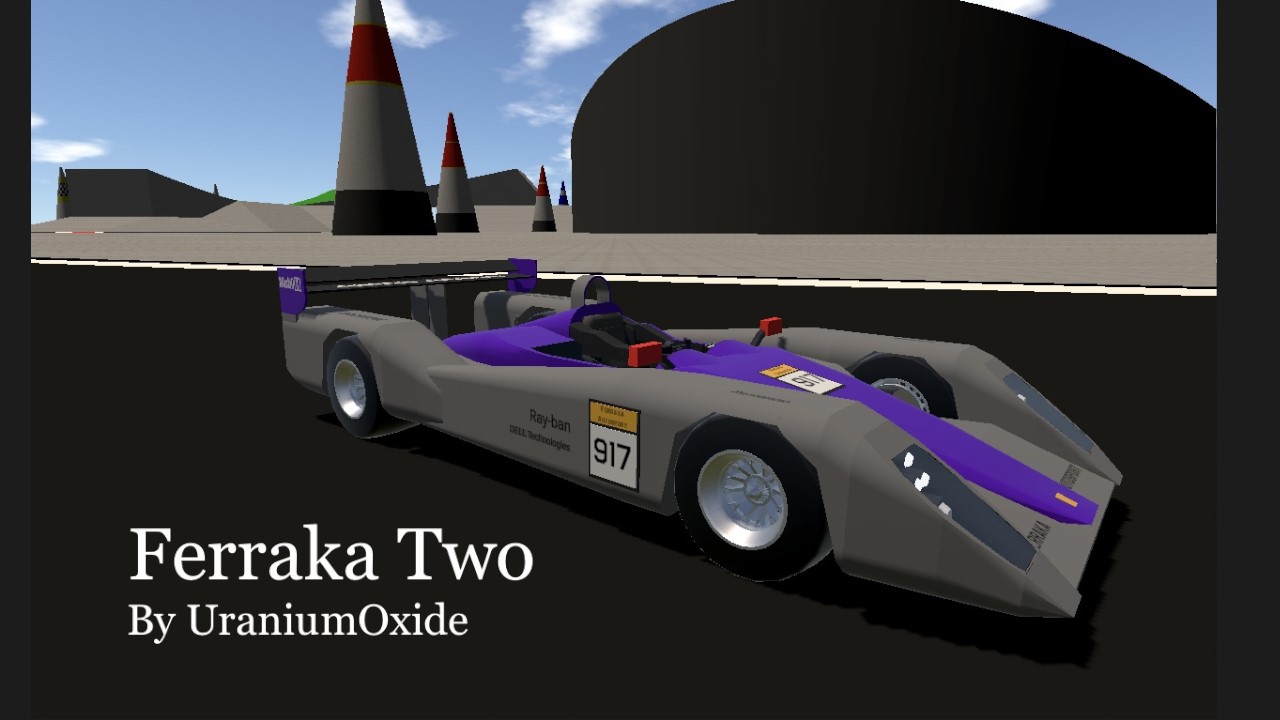
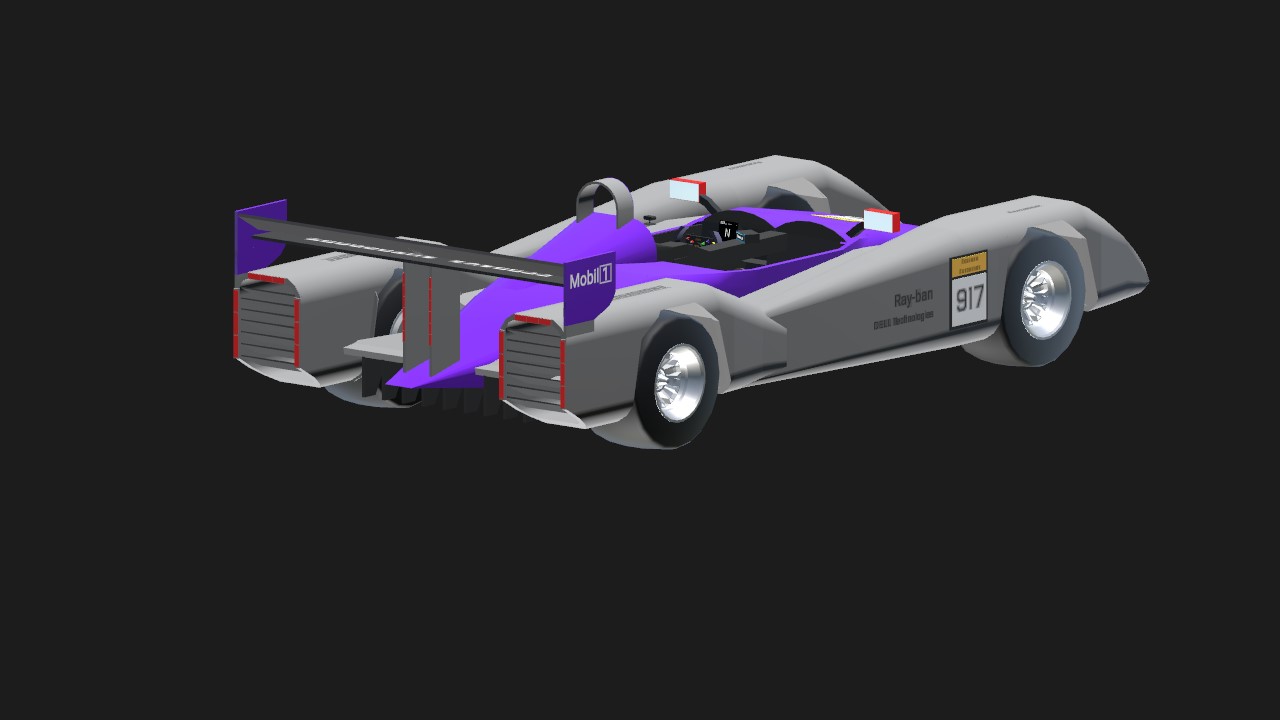

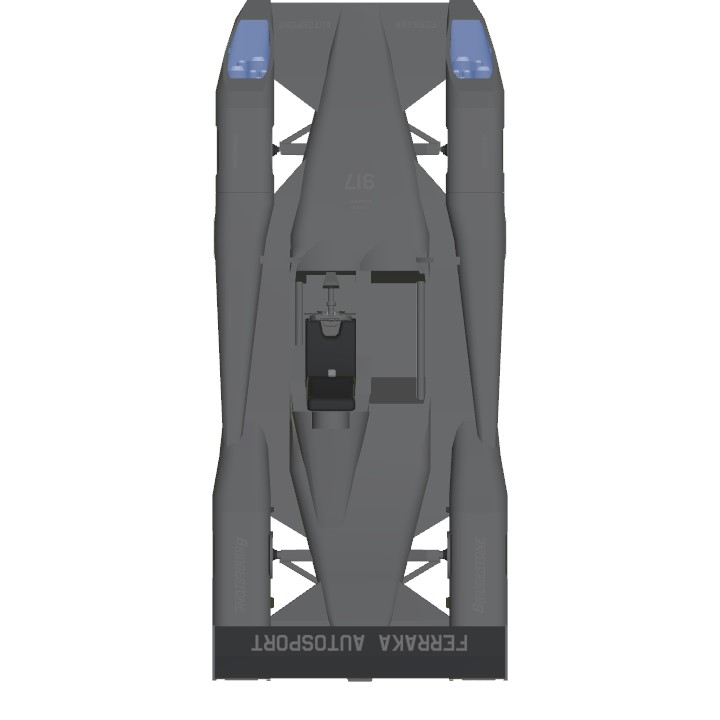
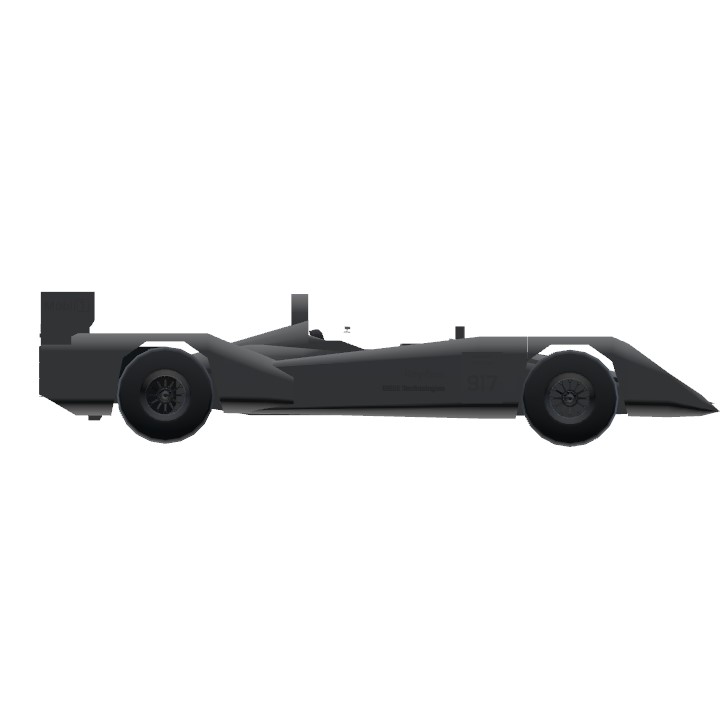
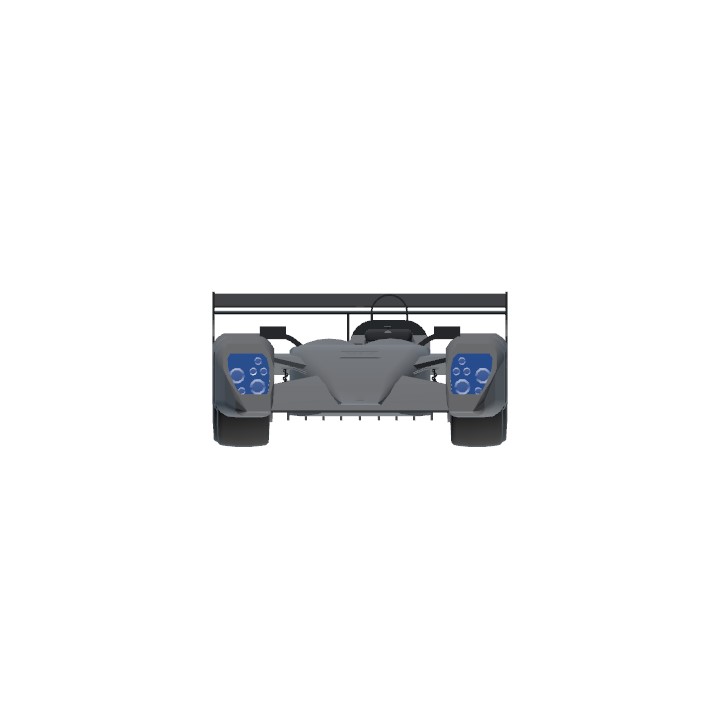
Thanks! @PapaKernels
Looks so nice! Defuser looks pretty sick.